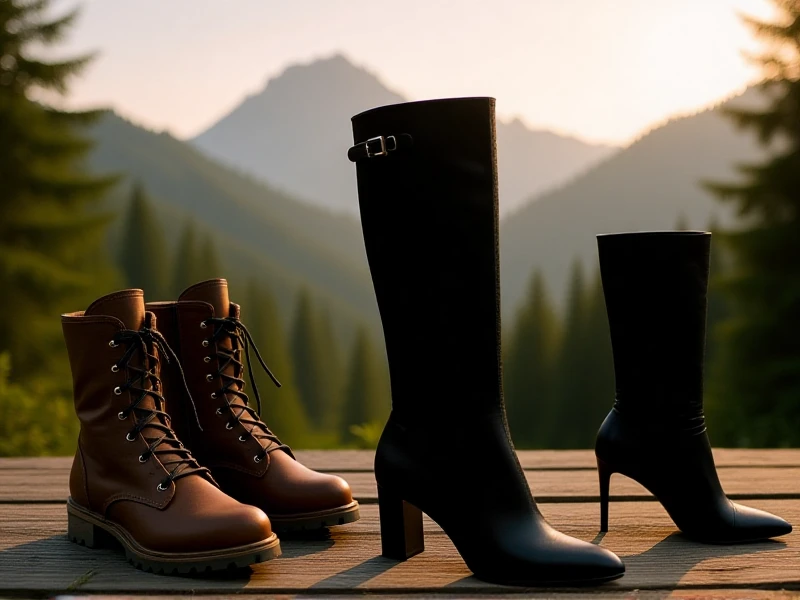
Essential Guide to Choosing the Best Hiking Boots for Your Adventures
Finding the right hiking boots is arguably the most critical gear decision for any outdoor enthusiast. Your feet are your foundation on the trail, and ill-fitting or inadequate boots can turn an exhilarating hike into a painful ordeal. Don't settle for discomfort; understanding key features ensures you invest in boots that deliver comfort, support, and durability mile after mile.
The first consideration is support. Boots come in different heights: low-cut (trail runners/shoes) offering flexibility for light trails; mid-cut providing essential ankle support for moderate terrain and loads; and high-cut maximizing stability and protection on rugged paths or when carrying heavy backpacks. Assess your typical trails and pack weight honestly – over-booting can be as tiring as under-booting.
Next, focus on traction. The outsole is crucial for conquering varied surfaces. Look for deep, multi-directional lugs made from sticky rubber (like Vibram) that provide reliable grip on rocks, roots, mud, and loose gravel. A stiff shank between the midsole and outsole enhances stability on uneven ground, while a rock plate protects the sole from sharp impacts.
Waterproofing is a major decision point. Boots featuring membranes like Gore-Tex effectively keep feet dry from stream crossings and rain but reduce breathability. Non-waterproof leather or synthetic boots offer superior ventilation, drying faster and keeping feet cooler in warm, dry conditions. Matching waterproofing to your usual hiking climate is key.
Material impacts weight, durability, and break-in time. Full-grain leather is supremely durable and weather-resistant but heavier and requires a longer break-in period. Nubuck leather offers a good balance with slightly less weight. Synthetic materials (mesh, nylon, polyester) are lighter, often more affordable, and quicker to break in, though potentially less durable long-term.
Finally, prioritize fit. Trying boots on later in the day when feet are slightly swollen is best. Wear the socks you intend to hike in. Ensure ample toe room (about a thumbnail's width), no heel slippage, and snug midfoot security. Walk vigorously on an incline/decline if possible. Remember, even the best hiking boots need a proper break-in period on shorter walks before tackling epic treks to prevent blisters.
Investing time in selecting the right hiking boots pays dividends on the trail. Prioritizing support, traction, waterproofing, materials, and most importantly, a perfect fit, unlocks greater confidence and lets you focus on the incredible scenery, not your aching feet. Start exploring with happy feet!